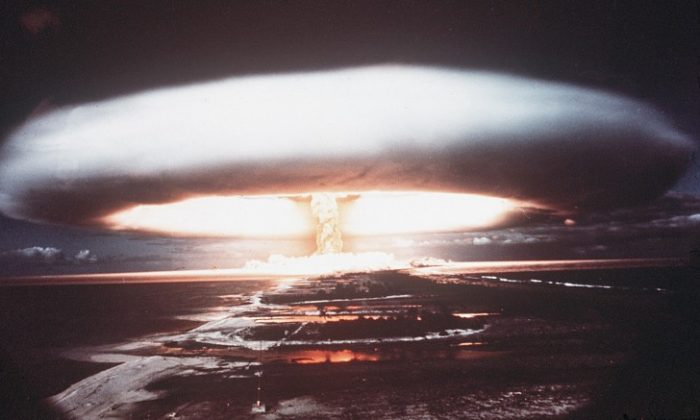
By Allan Stein, Epoch Times
March 2, 2022
At the height of the Cold War, when America’s children were taught to “duck and cover†in the classroom, Sharon Packer was determined to make sure her family would survive a nuclear attack by the Soviet Union.
“I built my first bomb shelter when I was 8 years old. I dug a hole and worked with plywood so we could survive,†Packer recalled decades later in an interview with The Epoch Times.
It was as good a backyard fallout shelter as any other at the time, she said. Large enough to hold several people and deep enough to shield against lethal radiation.
Packer, 82, a retired nuclear engineer in Salt Lake City, Utah, would spend many years as an adult building fallout shelters for a living.
Fast forward to 2022 and it’s a whole new geopolitical playing field, she said.
Gone is President Reagan’s “Evil Empire,†which envisioned the Soviet Union bent on bombing America into the Stone Age.
Mutual Assured Destruction (MAD), then the prevailing doctrine of military strategy and national security policy, held there would be no winners in a nuclear war. As a result, the nation’s civil defense program fell by the wayside, Packer said.
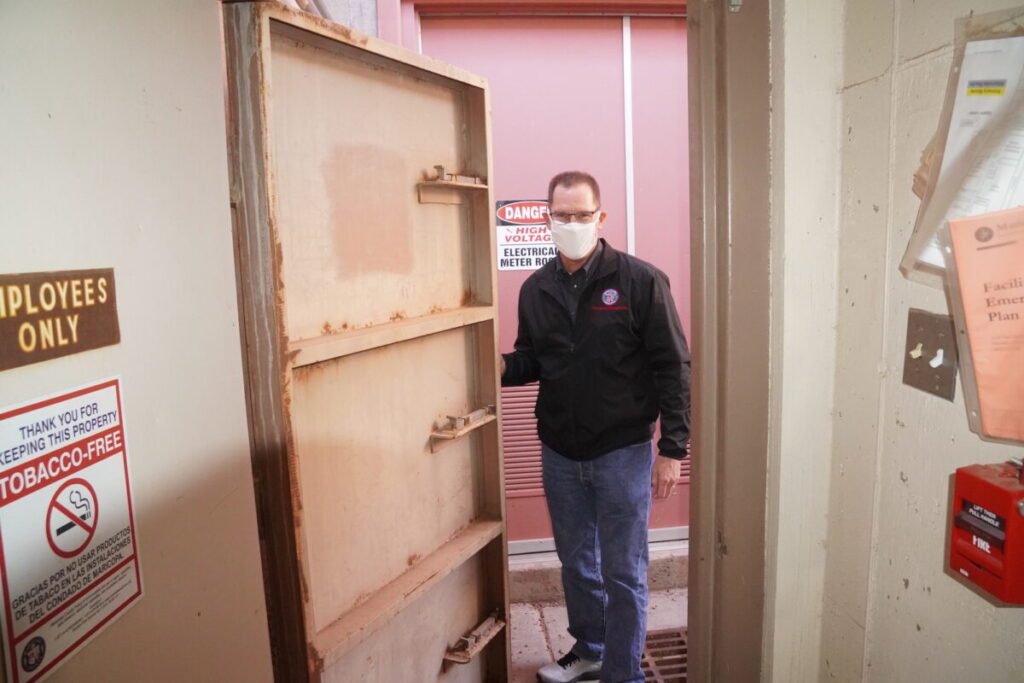
In the past week, the Russian Federation has invaded neighboring Ukraine citing security concerns and to prevent the Western alliance NATO from moving further east.
As the war intensifies, Russia’s President Vladimir Putin has placed the nation on high nuclear alert. Moscow reportedly has posted an online map of the capital city’s extensive system of nuclear blast and fallout shelters in the event of a ballistic missile exchange with the West.
Where are America’s shelters in the present crisis?
In reality, most shelters were dismantled in the 1960s and 70s, said Packer, a member of The American Civil Defense Association (TACDA) board of directors. The nonprofit was formed in 1962 to educate the public on the need for a robust civil defense program with fallout shelters for every citizen.
“Unfortunately there are no, or very few, fallout shelters for civilians that we know of. In fact, this is the reason [TACDA] was created 60 years ago. The founders … were concerned about the Cold War and the fact that there was no federal program for civil defense and no fallout shelters to protect the people,†said association executive director Roseanne Hassett.
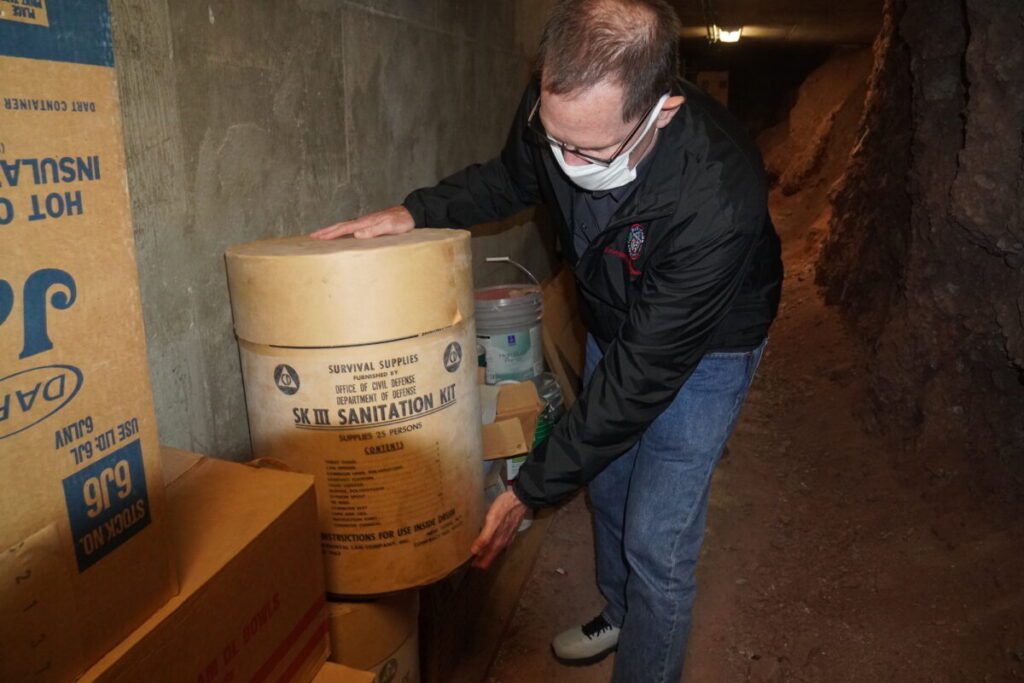
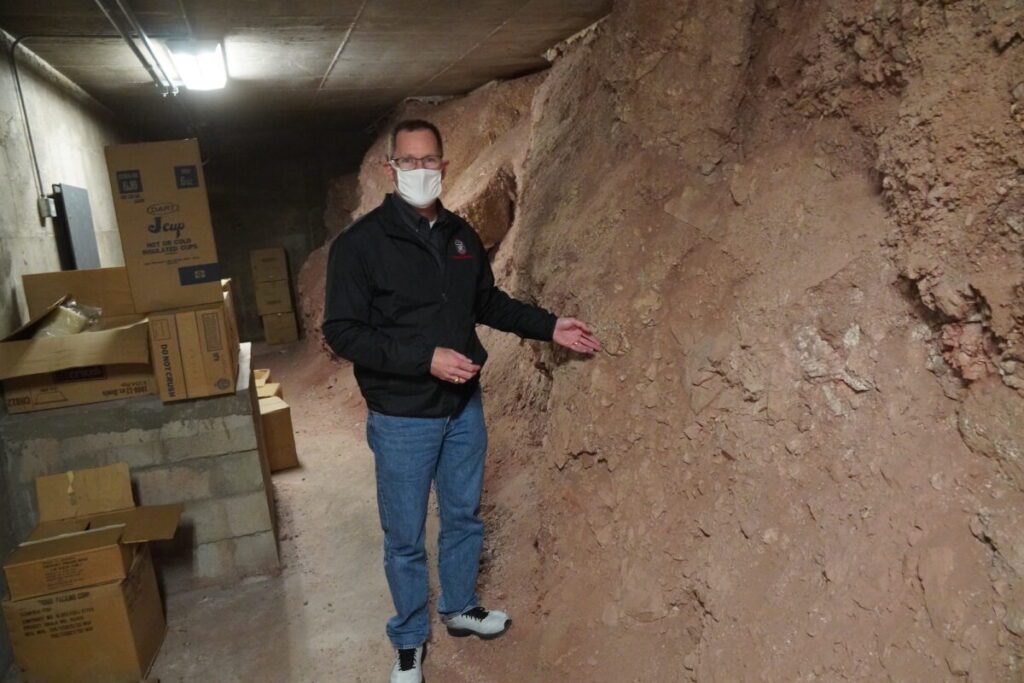
“Most of the American public does not know or understand this, which is why we are trying so hard to educate and prepare them for civil defense,†Hassett told The Epoch Times.
In 1965, the nation had as many as 200,000 public and private fallout shelters in operation.
Many of these shelters were simple basement rooms stocked with food, water, and medicine to last several weeks.
Stanford University at one time had 56 designated fallout shelters on campus that had a maximum occupancy of nearly 50,000 people.
While most shelters were designed to withstand the biological effects of atomic fallout to a greater or lesser degree—not a direct nuclear blast wave—many shelters have been shut down or turned into storage space in the years after the Cold War ended.
At the Maricopa County Emergency Management (MCEM) building in Phoenix, Arizona, historic remnants of a large underground fallout shelter and dormitory built to preserve “continuity of government†serve as grim reminders of a world gone “MAD.â€
These artifacts include sealed cans of water, gas masks, medical supplies, toiletries, and other items to ensure survival for two weeks. That’s how long it would take for the worst radiation from fallout to dissipate.
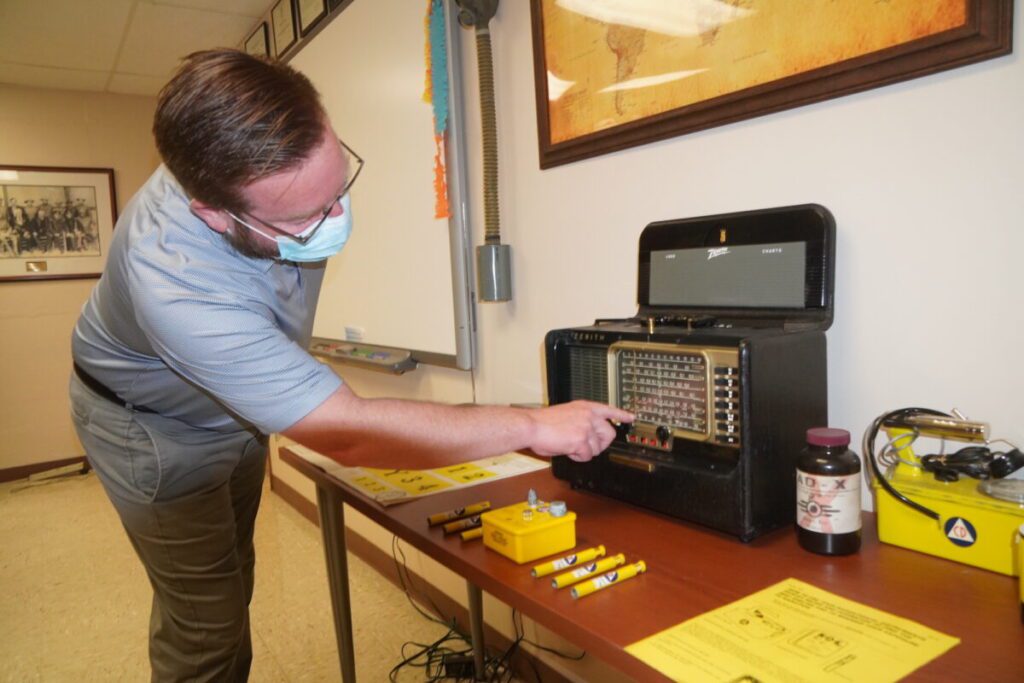
Emergency management director Robert Rowley demonstrates an old short wave radio used for receiving emergency broadcasts during the Cold War. (Allan Stein/The Epoch Times)
The bunker was built in 1956 about 20 feet underground, protected by a reinforced steel door and concrete walls a foot thick to block lethal gamma radiation. The shelter was designed primarily to withstand fallout so that county officials could “ride out†a nuclear war, said MCEM senior communications officer Ron Coleman.
“Whoever survived until the radioactivity was back down to doable levels†were de-facto rebuilders of society, Coleman told The Epoch Times. “The fact is there was never a nationwide campaign to build fallout shelters for the general public.â€
“To be honest, we got a couple of calls this morning (Feb. 24)†from people asking about fallout shelter locations given the situation in Ukraine. “There are fallout shelters throughout the valley—not as many as there used to be. I don’t know where they are. I think it varies by building,†he said.
If there were to be a nuclear attack, the agency would be in constant communication with the public from a central command location broadcasting “what the next steps would be,†Coleman said.
“Here, in Maricopa County, we’re an all-hazards organization—everything from heat and wind storms to radiological events. The first thing we tell people is to tune in to local radio. We have a combination of tools including the old-fashioned emergency alert system,†he said.
The agency also has a wireless alert system for targeted areas and mobile care centers equipped with radiological detectors, he said.
“Most emergency management programs are the result of the original civil defense programs,†Coleman said.
MCEM’s main focus today is on coordinated responses to flooding and forest fires which are common occurrences in Arizona, although the agency’s response to a nuclear event “wouldn’t be any different,†he said.
It really depends on what the situation is. We promote general preparedness across the board whether it’s a house fire, a wildfire, or a larger scale event,†Coleman added.
Packer said unlike the United States, Russia remains vigilant and focused on civil defense, which only shows the country is committed to the belief that people can survive a nuclear war.
“Deterrence is real if you have a system like Russia has,†Packer said.
Packer said she also believes civil defense should be a central element of the nation’s common defense and “if there’s no push, Congress goes on to other things.â€
“When I was in elementary school, we were still doing duck and cover. We were talking a lot about those nuclear weapons. We were interested and it was real to us. I just kept looking at that and said, ‘What do I need to do?’ †Packer said.
So, one day she decided to go outside in her family’s back yard, dug a deep hole, and made a bomb shelter.
Packer would go on to build many shelters for her customers and private citizens through a long-term business partnership with Utah resident and nuclear expert Paul Seyfried, who favors a large-scale civil defense program similar to Switzerland’s.
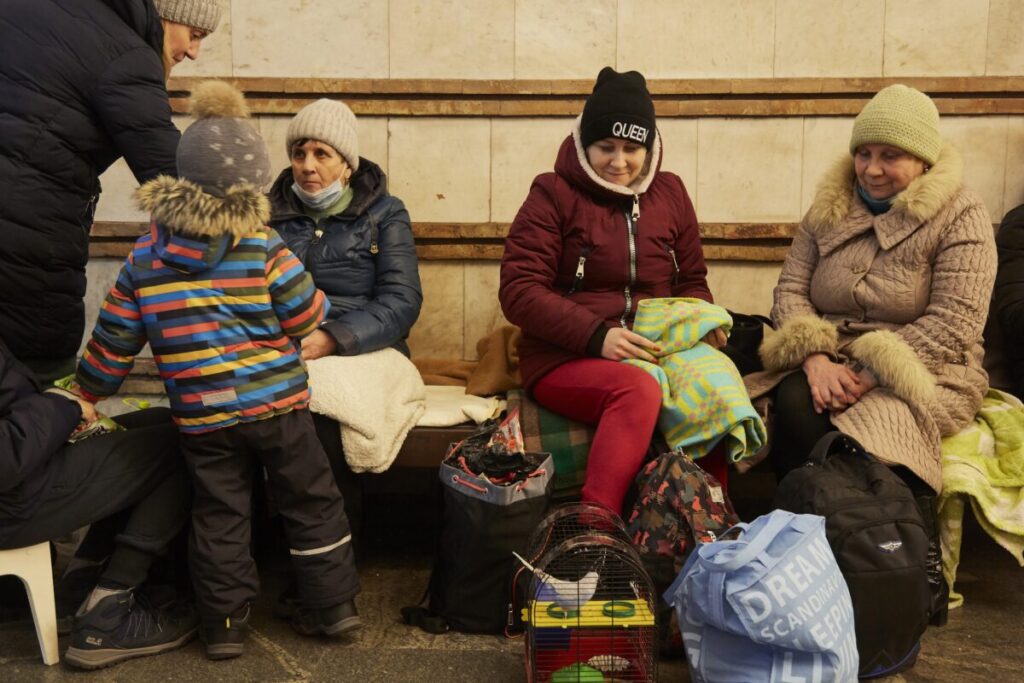
“They have shelters, and we don’t,†Seyfried told The Epoch Times.
Seyfried said in 2004 President Putin embarked on an ambitious program of civil defense, creating 250,000 new shelters for citizens throughout the Moscow area alone.
Switzerland, a nation of 8.5 million inhabitants, on the other hand, has more than 7,000 sirens for “warning the population in a broad range of possible emergency cases, including a nuclear accident,†and bomb shelters to accommodate nearly every citizen, according to swissinfo.ch.
The sirens are “tested annually on the first Wednesday of February. The general alarm signal is sounded when there is a possible threat to the population. It signals to people that they should turn on the radio and follow the instructions of the authorities.â€
Seyfried said the problem with America’s outdated civil defense program was “you couldn’t evacuate the cities†in time.
“You have to have shelters where you live, where you work, and where you worship. We’re unprepared,†he said.
According to the Federal Emergency Management Agency (FEMA), the fallout is “most dangerous in the first few hours after the detonation when it is giving off the highest levels of radiation.â€
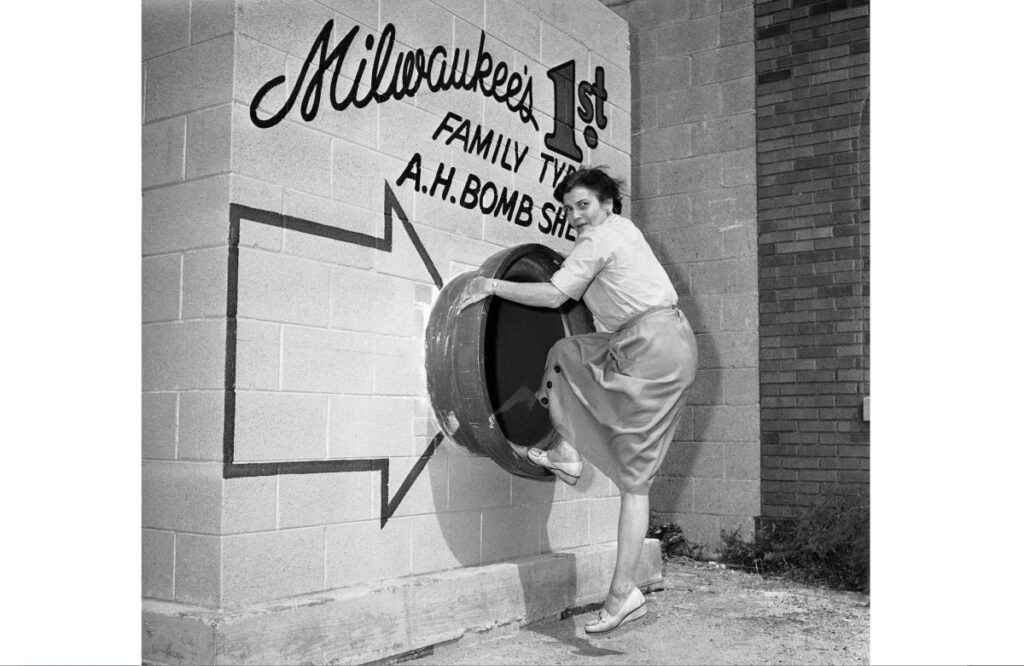
“It takes time for the fallout to arrive back to ground level, often more than 15 minutes for areas outside of the immediate blast damage zones,†FEMA said in the March 2018 fact sheet. “This is enough time for you to be able to prevent significant radiation exposure by following these simple steps,†which is to get inside, stay inside, and stay tuned to emergency broadcast networks.
“Identify the best shelter location near where you spend a lot of time, such as home, work, and school. The best locations are underground and in the middle of larger buildings,†the fact sheet added.
Packer said the good news is that 90 percent of radiation from fallout will have decayed after seven hours and another 90 percent after two days.
After two weeks, radiation levels are about 1/1000 of their initial potency, she said.
“A lot of people will survive a nuclear attack if they go to their basements, but they don’t know that. There are just so many things that need to be taught,†Packer said.

Allan Stein is an Epoch Times reporter who covers the state of Arizona.
